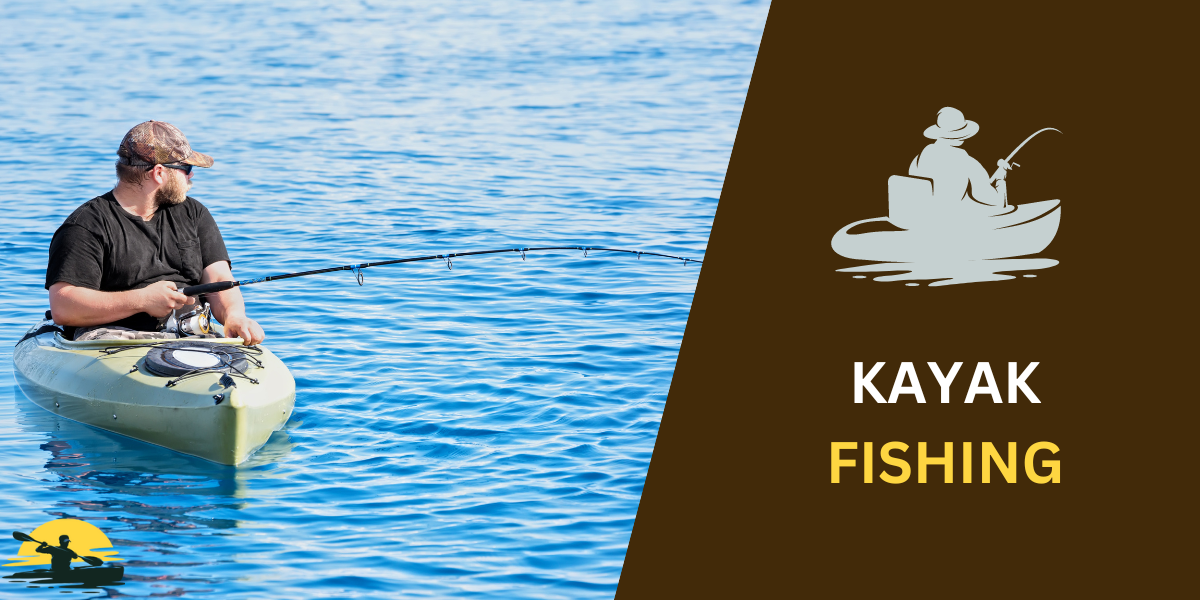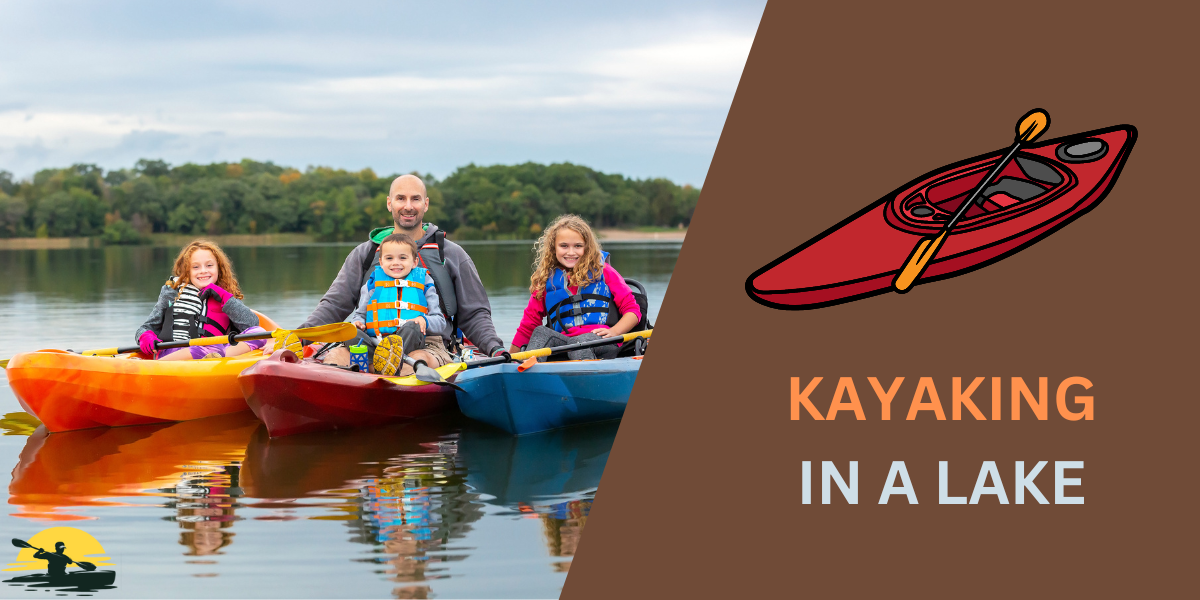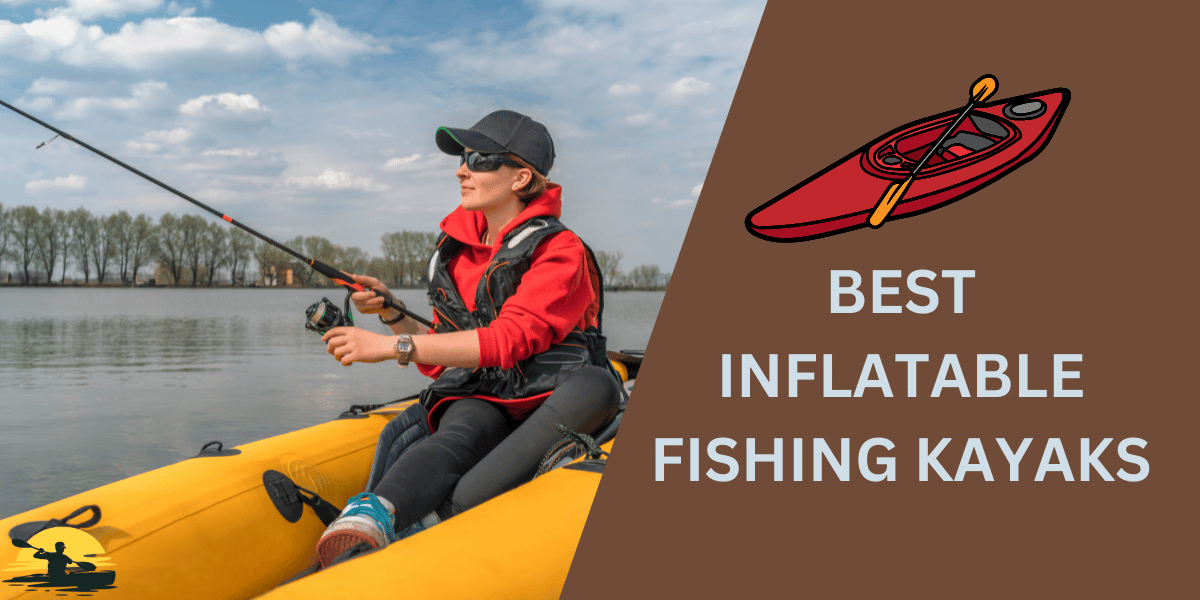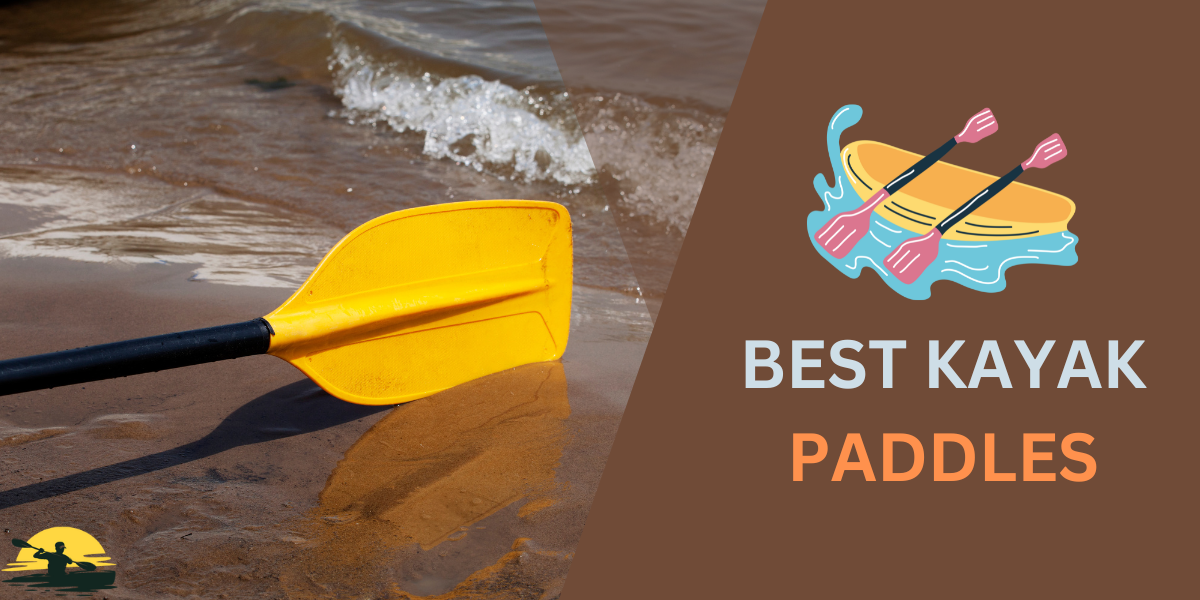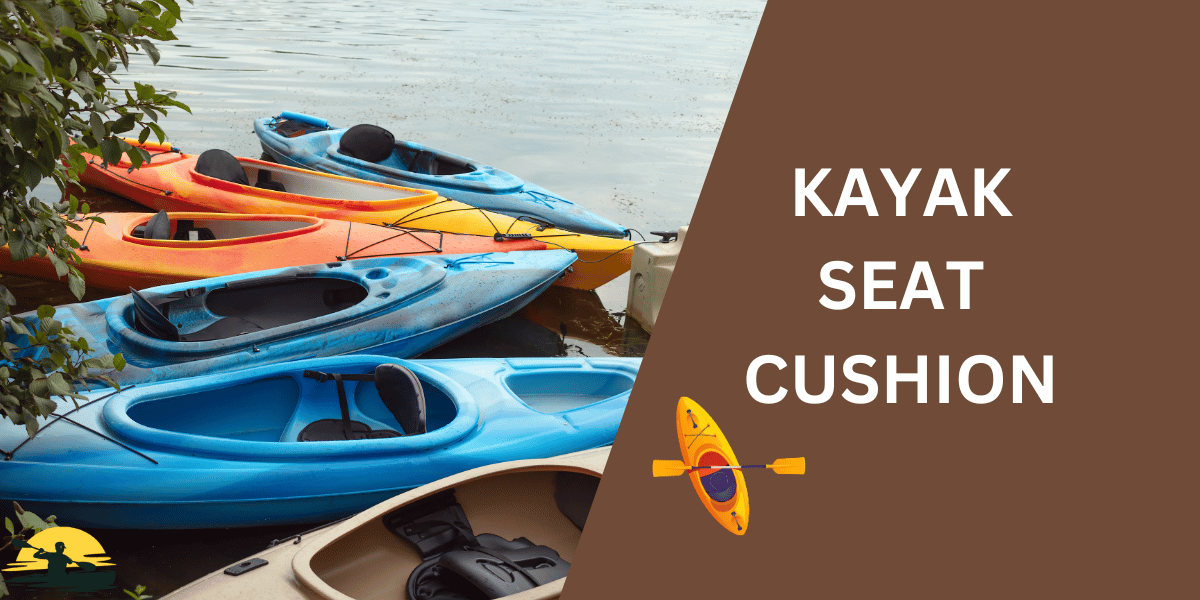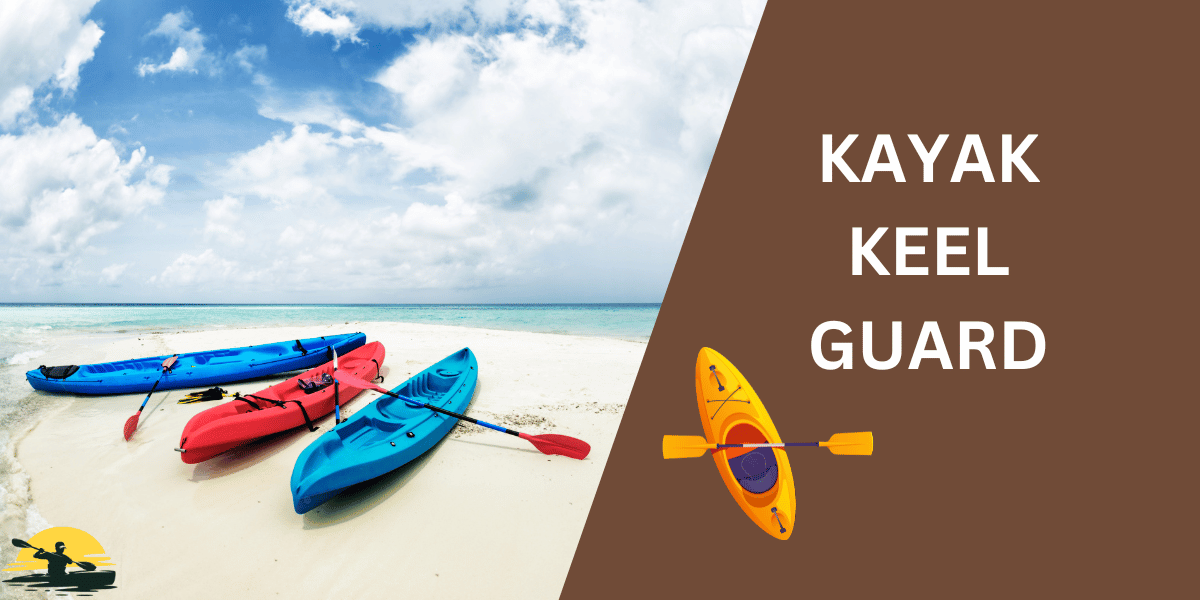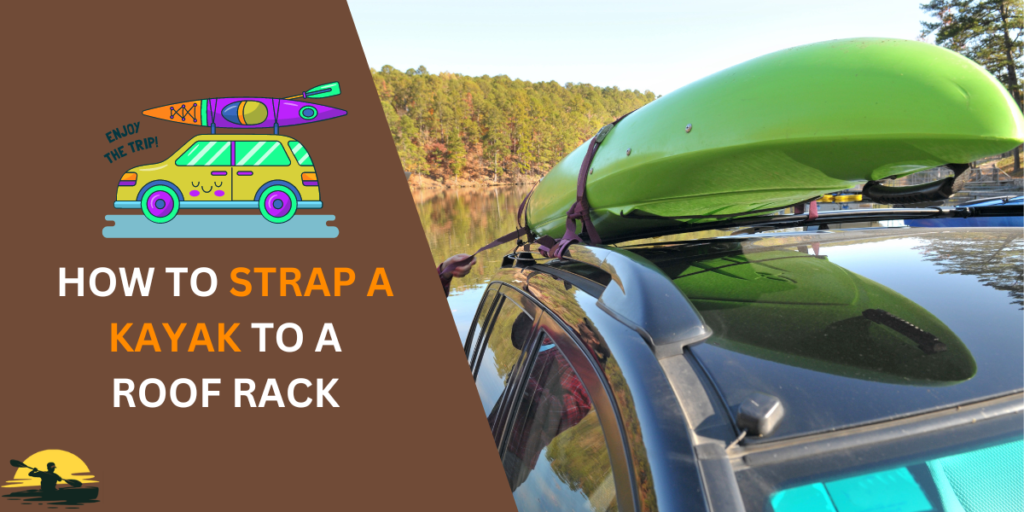
Are you excited to hit the water with your kayak but stumped about strapping it to your roof rack?
It can feel like a confusing puzzle.
Relax! This guide will make you a transport pro. We’ll cover everything you need, from roof racks to cam buckle straps and those important bow and stern lines.
With our easy steps, you’ll be loading like a champ and ready to focus on the adventure!
- Gear Up: Get a roof rack that suits your car and kayak, plus cam buckle straps, bow/stern lines, and padding.
- Load Smart: Place your kayak on the rack (hull up or down works), paying attention to centering for good weight distribution.
- Strap Like a Pro: Throw cam straps over the kayak and under the rack, tighten well, and secure any excess strap.
- Extra Security: Attach bow and stern lines to prevent front/back movement.
- Double Check: Give the kayak a shake (it shouldn’t budge), do a short test drive, and re-check tightness.
- Pro Tips: Be weather aware, check straps on long trips, and mind your vehicle height with the kayak loaded.
Gear Up – The Essentials
Let’s start with the basics.
To strap that kayak safely, you need the right gear:
Roof Rack Rundown
This is the foundation. You’ve got a few main options:
- Crossbars: Those bars going side-to-side across your car. Many cars already have them.
- Factory Rails: Raised rails running front to back on your car’s roof.
- Soft Racks: Inflatable pads that strap to your car if you don’t want permanent racks.
Choosing the right rack depends on your car, how often you’ll carry your kayak and your budget.

Straps & Padding
- Cam Buckle Straps: Your go-to for securing the kayak. They’ve got a buckle to tighten and loosen them.
- Bow and Stern Lines: Extra ropes for the front (bow) and back (stern) of your kayak.
- Roof Rack Pads: Protect your kayak and car from scratches.
So that you know, don’t use any old rope. Get proper tie-down straps for safety! You can find kayak rack kits with all the right gear.
Load Up! Kayak Placement
Now for the fun part!
Let’s get that kayak up on your car roof.
- Hull Up or Hull Down? This means: does your kayak’s bottom face the sky (hull up) or the ground (hull down)? Both ways work! Here’s the scoop:
- Hull Up: Often easier for loading, especially by yourself.
- Hull Down: It can be more aerodynamic (better for long drives and fuel mileage).
- Get Centered: Place the kayak nicely balanced in the middle of your roof rack. This keeps the weight even, making it safer to drive.
- What if I’m hauling two kayaks? You’ll likely need to place them side-by-side. Some options:
- Staggered: One kayak sticks out a bit further in the front than the other.
- J-Racks: These are special racks that hold kayaks on their sides, saving space.
Important: No matter which way you load them, the next step is the MOST important – strapping everything down super secure! We’ll cover that in the next
Master the Strapping Technique
Alright, it’s time to lock that kayak down tight!
Here’s how to use those cam buckle straps:
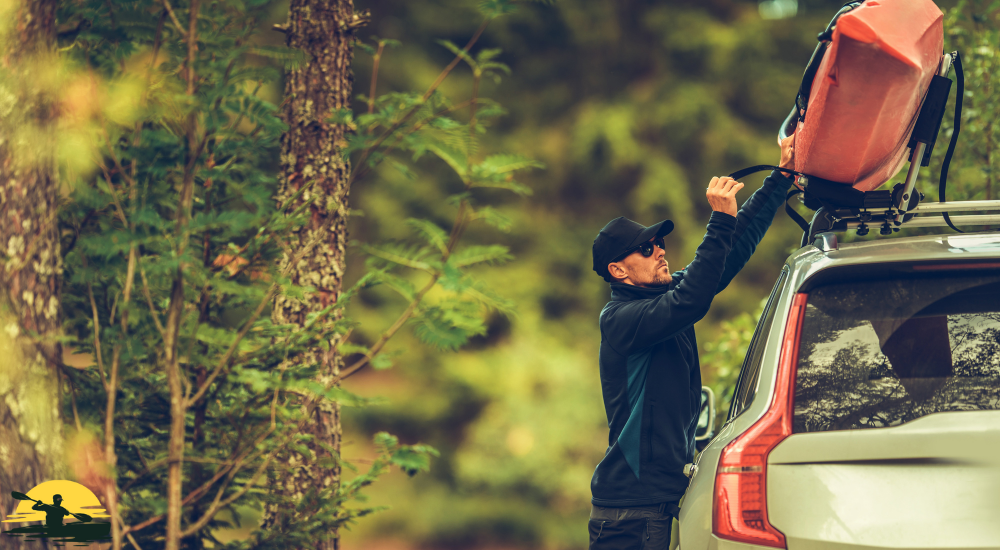
- 1: Over and Under:
- Throw the strap OVER your kayak.
- Loop it UNDER your roof rack crossbar.
- Bring the strap up to the other side of the kayak.
- 2: Buckle Up & Get Tight:
- Feed the strap underneath through the cam buckle.
- Pull the cam strap to tighten it. Keep pulling until it’s good and snug!
- 3: No Loose Ends:
- Take that leftover strap and coil it up neatly, or tuck it under the tightened part. We don’t want anything flapping in the wind!
- 4: Front and Back Security:
- Grab your bow and stern lines (those extra ropes).
- Attach the bow line to the front of your car and the front of your kayak.
- Do the same for the back with your stern line.
- Tighten both lines for extra stability.
Pro-Tip: Don’t have fancy cam straps? Ratchet straps work, too, but be careful not to overtighten them, as that can damage your kayak.
The Pro Check – Peace of Mind
Straps on? Great!
Before you hit the road, let’s double-check everything for ultimate safety:
- The Shake Test:
- Grab your kayak and give it a good wiggle (but don’t shake it too hard!). Are those straps super solid? Your kayak shouldn’t budge.
- If it feels wobbly, tighten things up.
- The Look-Over:
- Any twisted straps? Loose ends? Pressure points where straps might be digging into your kayak?
- Fix anything that doesn’t look right.
- Mini Test Drive:
- Drive slowly around your neighborhood. Listen for weird noises or anything that sounds like your kayak shifting.
- Even if everything seems good, pull over after a short drive and double-check.

Important Note: If your kayak is resting upside down, try to make sure the straps aren’t pressing against any delicate parts. Secure points along the sides are best, especially with plastic boats that can dent.
Tips for a Smooth Adventure
You’re almost an expert in transporting kayaks!
Here are a few more things to remember:
- Weather Watch: High winds or heavy rain can mean trouble. If the weather looks nasty, add extra strap checks or consider postponing your trip.
- Pit Stops: On long road trips, pull over every once in a while. Give your straps a quick look-over and tighten anything that’s loosened.
- Mind Your Height: Your car is taller with a kayak on top. Watch out for low bridges, parking garages, and even your garage door!
- Helping Hands: Heavy kayak? Don’t be afraid to ask for help lifting it onto your rack system. Some techniques or tools can make loading easier if you go solo.
- Gear Care: After your trip:
- Release the tension on your straps to keep them in good shape.
- Rinse off straps if they get exposed to salt water or road grime.

Bonus Notes:
- Strap Alternatives: While cam straps are great, bungee cords aren’t strong enough to secure a kayak safely.
- Hull Shapes: If your kayak has a very flat hull, it might benefit from extra padding underneath the straps.
- Multiple Kayaks: Your car and rack system determine how many kayaks you can fit. Rhino racks and other brands offer specialized carriers for more than one kayak.
- J Cradles: These hold kayaks on their sides, saving space. Be careful not to over-tighten ratchet strap systems, as they can crush some recreational kayaks. The metal buckles on the straps shouldn’t press directly into the kayak.
Innovations on the Horizon (for the 2024 factor)
While the basics of strapping a kayak stay the same, the gear keeps getting better!
Here are a few cool things we might see in the coming years:
- Smarter Straps: Imagine straps with built-in sensors that tell you if they’re getting too loose during your drive!
- Auto-Assist: Some future roof soft roof kayak racks might have little helpers to make loading easier, especially for taller vehicles.
- Eco-Friendly Materials: More straps and pads made from recycled or sustainable materials would be a big win.
- Beyond 2024: Who knows what else? Maybe voice-activated rack systems or self-tightening straps? The future of kayaking transport is exciting!
Important reminder: Even with fancy tech, the most important thing is understanding the basics of safe strapping. Two straps over the kayak and properly secured bow and stern tie-downs will always be essential!
Conclusion
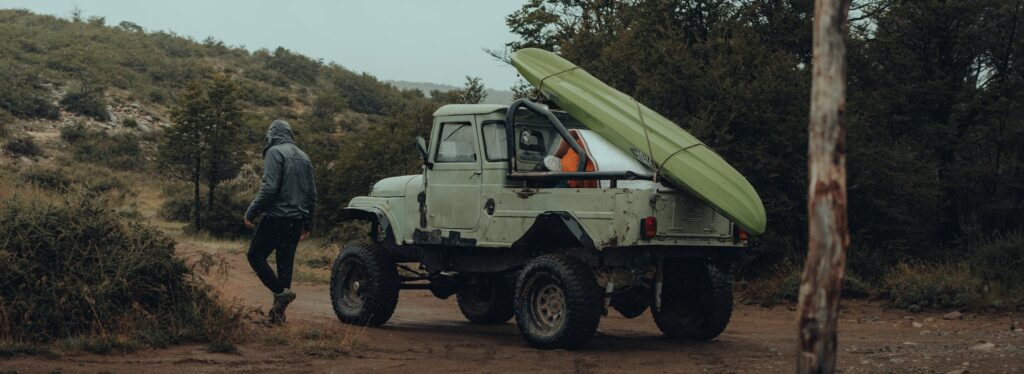
See? Strapping a kayak to your roof rack isn’t as scary as it might seem.
With the right steps, you can do this like a total pro! Now that you know the basics, you’re ready to get out there and explore the water safely.
Remember, practice makes perfect. The more you do it, the easier it gets. And don’t forget those final checks before driving, even on short trips!
Here’s a quick recap:
- Choose a rack that suits your car and kayak.
- Strap that kayak down tight with at least two straps.
- Add those bow and stern lines for extra security.
- Keep an eye on things, especially on long-distance hauls.
Whether you have a fancy roof rack or a simple setup, the most important thing is to transport your kayak safely.
These techniques work for many vehicles, so get out there and enjoy some paddling adventures!
Frequently Asked Questions
Can I transport my kayak without a roof rack?
While possible with inflatable pads or foam blocks, it’s generally less secure than having a dedicated roof rack. If you only kayak occasionally, temporary solutions are okay. For frequent trips, a permanent rack is safest.
Is it better to transport a kayak upside down or right side up?
Both methods work! Upside-down is often easier for solo loading. Right side up can be more aerodynamic. The choice might depend on your kayak’s shape and your rack type.
Do I really need bow and stern lines?
Yes! Bow and stern lines add significant stability, preventing the kayak from shifting forward or backward during sudden stops or in windy conditions. Soft roof racks and kayak roof racks have to be more clean.
What happens if I have a leftover strap after tightening?
Coil up the extra strap tight neatly or tuck it securely under the tightened section. You want to avoid loose ends flapping in the wind, as they create noise and could damage your boat.
Can I use different types of stern straps?
Cam buckle straps are ideal because they’re secure and easy to use. Ratchet straps also work, but be careful not to overtighten them, as you could damage your kayak. Avoid bungee cords, as they’re not strong enough for the job.



